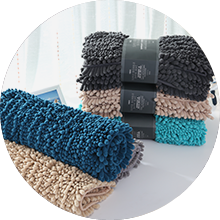
-
Products
Barbed Fence Wire Metal Winding Net (Steel Mesh) Farm Protective Fence Doot Latch Home Repairing DIY Tool Set Durable ABS Single Rib Safety Helmet Factory Industrial Fishing Work Gloves Custom High Quality Visibility Reflective Safety Workwear Waterproof Overall Jacket Heavy Duty Stainless Steel 316 Ball Bearing Door Hinges Brass Tower Bolt Professional Multi-Functional Electrician PliersBakeware Cleaning Supplies Tabletop Accessories Cookware Dinnerware Kitchen Utensils & Gadgets Grater HardwareWooden Toys Plush Toys Educational and learning Toy Plastic Toys Electronic Toys Novelty & Gag Toys Outdoor ToysFittnes Fitness & Body Building Camping & Hiking Gears Outdoor Leisure Supplies BBQ Grill and Accessories Fishing Mountain BicyclesStorage Basket Closet Storage Storage Bottles & Jars Jewelry Boxes & Organizers Storage Bag Storage Holders & Racks Plastic Storage Basket SetsNotebooks & Writing Pads Desktop Stationery Writing Instruments Art Supplies File Folders & OrganizersGreeting & Invitation Cards Flower Teddy Bear Rose Bear Custume Apparel Accessories Hoilday Decoration Party SuppliesBathroom Rugs & Mats Bathroom Accessories Bathroom, Cleaning Supplies Plush Micro-polyester Decorative Bath MatMakeup Bag Perfume Makeup Accessories Personal Care Makeup Cosmetic Hair Styling Tools & Accessories PU Large Capacity Cosmetic Bag
- About GOODSELLER
- Services
- Solutions
- Resources
- News & Blog
- Contact Us
search
 Español
Español English
English русский
русский



